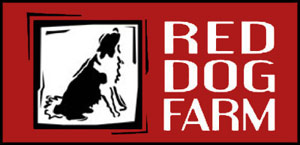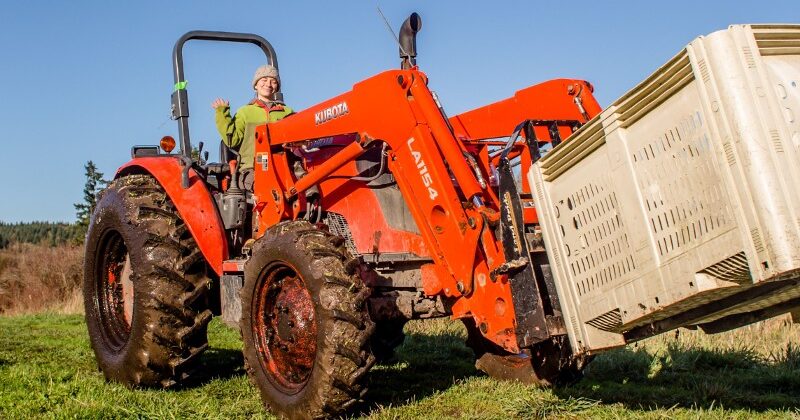The Roads We Drive On
According to the Federal Highway Administration, the oldest constructed road dated back to about 4000 B.C. in the Mesopotamian cities of Ur and Babylon using mud bricks and bitumen (a natural sticky black substance used in asphalt). In Glastonbury, the Ancient Isle of Avalon in Somerset, England, they discovered that timber roads were used in a swampy area. Interesting enough, this reminds me of a story I heard about how Peat Plank Road here in Chimacum was made. You must be wondering why I’m writing about roads. Here’s a few thoughts I had this past week while driving tractors here at the farm and walking down the beautiful West Valley and Egg and I roads.
As I was bouncing down the road to the field named Inglis, dropping the RPMs on the Cub tractor to find a more comfortable speed to ride at, I got to thinking about roads and vehicles, and how they have evolved not only here on the farm but in our everyday lives. In 2019, my first season working at the farm, I was pretty intimidated by the big trucks we drove around, sometimes having to back up the entire field distance watching out for potholes, ditches, irrigation lines, etc. As the season went on and more rain came, the roads began to become sloppy and less and less drivable. At that point, we often had to walk, picking up our boots through mud, hauling farm carts to and from the fields. There were other years where it just wasn’t feasible to cart everything from the farthest fields, and we would take the Big Kubota tractor, probably in 4WD, to bulk-harvest roots and other storage crops. This often created massive ruts in the road that became hard to drive on and would need to be regraded later in the year. In 2022, the dirt road turned into a gravel road using a mixture of different sized gravel, crushed rocks and a road stabilization fabric underlayment to prevent the road from washing away. This has made it easier and more reliable to get out to these further fields. However, these roads are not smooth and still must be driven on slowly.
Learning about how each vehicle and tractor handles the roads and which potholes and ruts to avoid has been interesting to think about as the years have passed. I’ve had my fair share of “stuck truck” even “stuck tractor” situations! But as I’ve taken the time to learn the roads and the vehicles, I’ve had less and less incidents. With all this being said, and with most of our everyday roads being enjoyable, smooth and totally cruisable, it can be nice to be forced to slow down, especially if there’s pretty stuff to look at 😉
Drive safe and enjoy the ride, Ya’ll!
~ Paige C.

